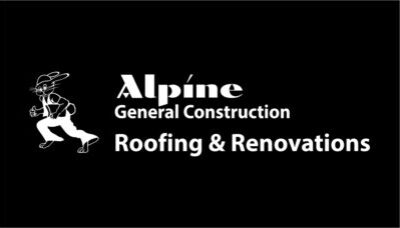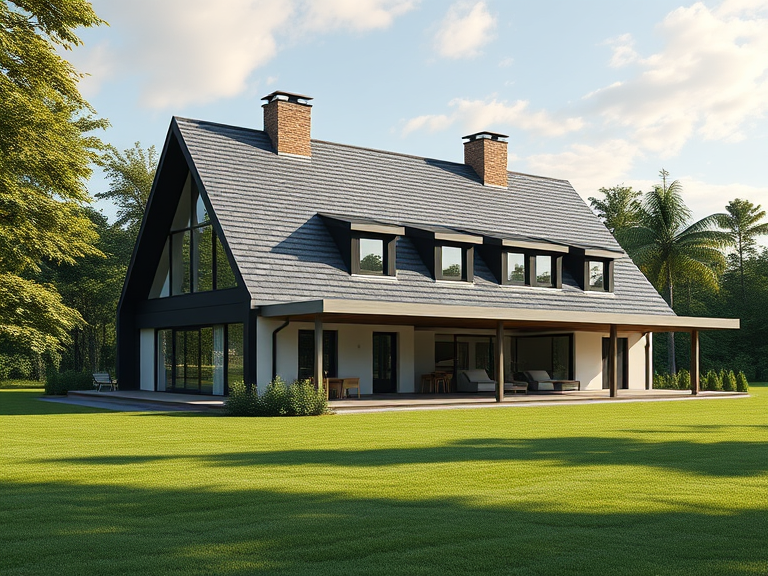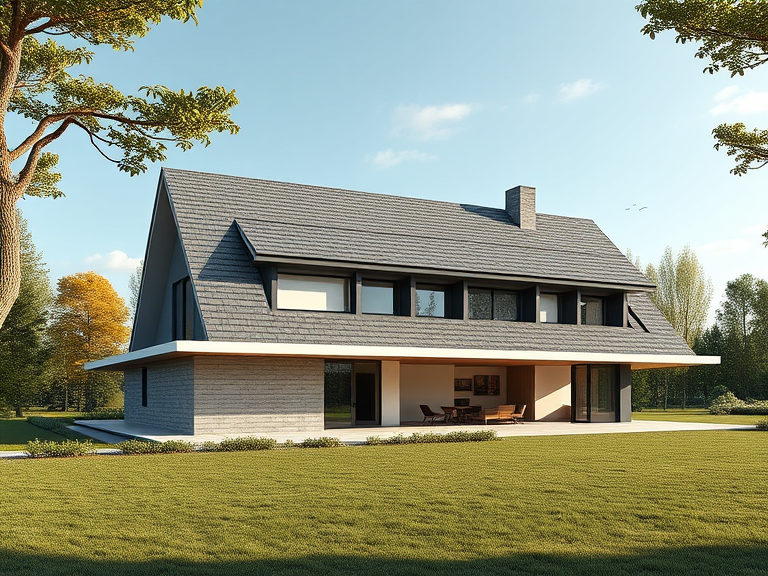
Vinyl flooring is a synthetic flooring material that has gained significant popularity in both residential and commercial spaces due to its practicality and aesthetic appeal. Made primarily from polyvinyl chloride (PVC), this type of flooring comes in various forms, including luxury vinyl tiles (LVT), vinyl planks, and sheet vinyl, each designed to meet diverse styling and functional needs. LVT and vinyl planks often mimic the appearance of natural materials, such as hardwood and stone, providing an attractive alternative at a fraction of the cost.
The advantages of vinyl flooring installation in Edmonton are noteworthy. One of the primary benefits is affordability; vinyl flooring typically costs less than other flooring options, making it a cost-effective choice for budget-conscious homeowners and businesses. In addition to its economical price point, vinyl flooring is renowned for its durability. It is designed to withstand heavy foot traffic and resist scratches, dents, and stains, which is particularly beneficial in high-traffic areas.
Maintenance of vinyl flooring is relatively straightforward, making it an ideal choice for busy households and commercial properties. Regular sweeping and occasional mopping are often sufficient to keep the floors looking pristine. Additionally, many vinyl products are water-resistant or waterproof, promoting optimal performance in moisture-prone areas such as kitchens and bathrooms.
In terms of aesthetic versatility, vinyl flooring offers an extensive range of designs, colors, and patterns. This variety allows homeowners and business owners in Edmonton to create unique spaces that reflect their individual styles and preferences. As for current trends, the Edmonton market is witnessing a growing interest in textured finishes and natural wood looks, which enhance the overall visual appeal while maintaining the practical benefits inherent to vinyl flooring.
Preparing for Vinyl Flooring Installation
Before embarking on vinyl flooring installation in Edmonton, several preparatory steps must be undertaken to ensure the process goes smoothly. The first step involves accurately measuring the area where the vinyl flooring will be laid. This is crucial as it determines the amount of flooring material required, thus preventing unnecessary waste and minimizing costs. Homeowners should take precise measurements of both length and width, accounting for any irregularities in the room’s shape.
Next, assessing the current subfloor is essential. A stable and even subfloor is vital to the longevity and performance of vinyl flooring. If the existing subfloor is damaged, uneven, or not clean, it may require repairs or leveling before installation begins. Inspecting for moisture is also critical, as excessive dampness can lead to mold and deterioration of the flooring. Homeowners should address any moisture issues in advance, which may involve installing a moisture barrier or improving ventilation in the area.
Budgeting for materials and labor is another important consideration. Homeowners should research the costs associated with various types of vinyl flooring, knowing that prices can vary widely based on quality and style. In addition, it is advisable to factor in potential labor costs, whether one is hiring professional installers or planning a DIY approach. Selecting the right type of vinyl flooring, including sheets, tiles, or planks, must align with the specific needs of the household, such as durability against heavy foot traffic or aesthetic preferences.
Finally, gathering the necessary tools and materials is crucial for a seamless installation process. Essential tools may include a utility knife, measuring tape, roller, and adhesive, among others. Ensuring the installation site is clean and free from debris will also contribute to a successful outcome. Taking these preparatory steps will lay the foundation for a successful vinyl flooring installation in Edmonton, setting the stage for a space that is both functional and visually appealing.

Step-by-Step Guide to Installing Vinyl Flooring
Installing vinyl flooring in Edmonton can be a rewarding project that enhances both the functionality and aesthetics of your space. The process begins with the removal of any existing flooring. This can range from carpet to tiles; ensure you take the time to remove all remnants completely. Once the old flooring is cleared, prepare the subfloor by ensuring it is clean, dry, and level. Any imperfections should be fixed, as these can affect the final result of your vinyl installation.
After the subfloor is ready, measure the area accurately to determine how much vinyl you’ll need. When selecting vinyl planks or tiles, consider both the durability and design that fits your preference. It is advisable to acclimate your vinyl flooring in the room where it will be installed for at least 48 hours to allow it to adjust to the temperature and humidity of the space.
Once acclimated, start laying the vinyl by finding the center of the room and working your way outwards. Test fit the planks or tiles first to ensure proper alignment and coverage. For adhesive-backed vinyl, begin at one end and gradually peel off the backing as you press it into place. For interlocking planks, engage the seams tightly while maintaining alignment. It’s crucial to secure the edges appropriately; consider using transition strips where the vinyl meets other flooring materials for a smooth finish.
Throughout the installation, keep an eye out for common issues such as bubbles or gaps. If you encounter any air pockets, use a roller tool to smooth them out. Additionally, if gaps occur, they can often be remedied with a small amount of adhesive. Patience and attention to detail will help in achieving a professional-looking finish, transforming your space with your new vinyl flooring installation in Edmonton.
Post-Installation Care and Maintenance Tips
Once vinyl flooring installation in Edmonton is complete, proper care and maintenance become pivotal in preserving its aesthetic appeal and durability. Regular cleaning routines play a crucial role in preventing the accumulation of dirt and allergens. For daily cleaning, a soft broom or vacuum designed for hard surfaces is recommended to remove loose debris. It is essential to avoid using a vacuum with a beater bar, as this can scratch the surface of the vinyl.
For deeper cleaning, a damp mop with a pH-neutral cleaning solution specifically formulated for vinyl flooring is ideal. Using excessive water can lead to damage; therefore, the mop should be well-wrung out before use. If stubborn stains do occur, such as those from food or beverages, quick action is necessary. Blot the area with a clean cloth to absorb any liquid, then apply a mixture of warm water and a few drops of dish soap to the stained area. Gently rub with a soft cloth or sponge, and rinse the area with water to ensure no soap residue remains.
To prevent damage and maintain the flooring’s luster, it is advisable to use area rugs at entry points to trap dirt and moisture while also employing furniture pads under heavy items. Direct sunlight can cause fading over time; therefore, utilizing window treatments can help mitigate this effect. In addition, avoid using abrasive cleaners, steel wool, or scrubbing pads, as these can scratch the surface.
While regular maintenance can go a long way, there might be instances when professional services are warranted, such as extensive repair needs or deep cleaning procedures. Engaging professionals may also be beneficial during seasonal transitions to ensure that the flooring retains its quality and remains captivating. Adhering to these tips will ultimately result in prolonged longevity of the vinyl flooring, keeping it looking pristine throughout its life span.



